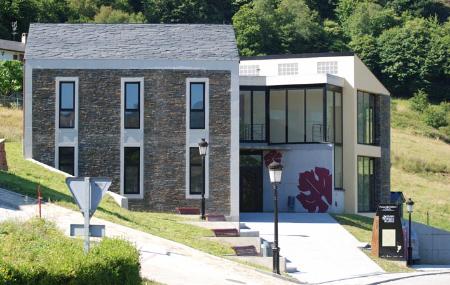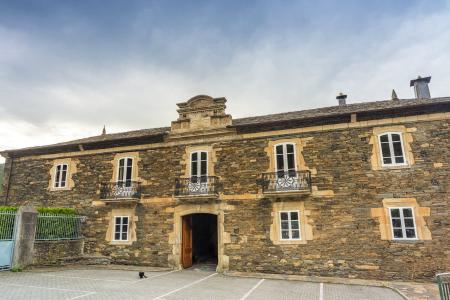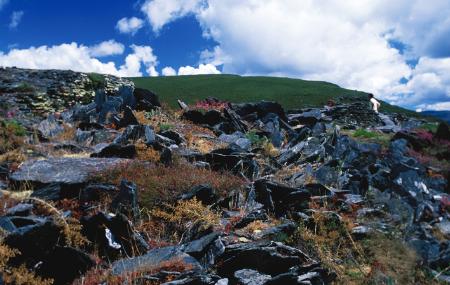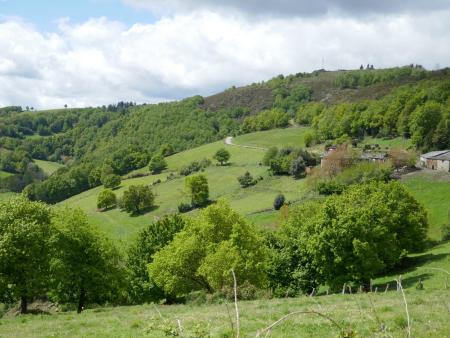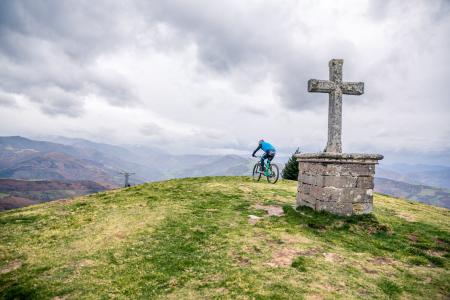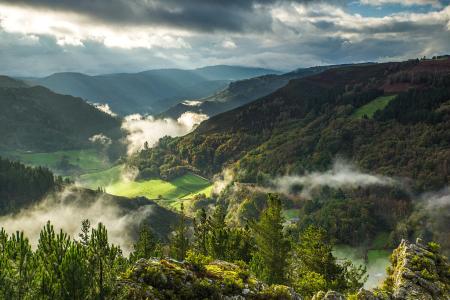Pesoz-Argul-Bousoño
- Address Pezós/Pesoz
- Distance Distance: 25 kms
- Difficulty Difficulty: Muy Dura
- Total ascent Total ascent: 1009 m
- Maximum altitude Maximum altitude: 723 m
- Minimum altitude Minimum altitude: 144 m
- IBP index IBP index: 116
- Route One-day routes
- Type of bicycle Type of bicycle: MTB
- Type of route Type of route: Circular
- Return by Train Return by Train: No
This itinerary, framed between the impressive cut that the Agüeira river makes on the hard quartzite and slate, and the Ahío river, used by sledgehammers and mills, uses the network of forest tracks to trace a route through some of the most interesting and unknown places in the council.
The route begins in Pezós/Pesoz, capital of the council of the same name, which is worth a visit in itself, and descends along the AS-12 regional road for a kilometre and a half until taking the turn-off which, after crossing the Agüeira, leads to the village of Argul. This medieval village, declared an Asset of Cultural Interest, is characterised by its unique architecture, with its galleries, tunnels and corridors that connect many of its buildings, highlighting the reddish colour of these and contrasting with the dark tones of the slate.
From Argul we continue ascending along the network of tracks, crossing parts of native forest and areas of reforestation until we reach the "chaos" zone, flatter areas converted into pastureland in the upper zone, where the open views allow us to observe the narrow valley that the river has created over time and the villages on the slopes opposite, such as Vilabriye and Sanzo.
Before starting the descent, it is interesting to visit the San Isidro hillfort, a defensive settlement related to the mining operations in the area, with a defensive system characterised by the presence of moats and driven stones, "Frisian horses", in successive lines of interposed vertical slate slabs. The castro is partially excavated and access must be made on foot.
Continuing along the route, we descend to the nearby village of Bousoño, with its washing place and hermitage of San Miguel, and from there we go down the hillside among masses of trees parallel to the river Ahío along another forest track to reach the access road to Argul and return to Pezós/Pesoz, where a visit to the village takes us to places such as the palace of Ron, the church of Santiago or the Ethnological Museum.









